LC2016
Shiny_Rock
- Joined
- Nov 21, 2016
- Messages
- 124
@Starstruck8 here it is!! I figured the biggest enemy of faceted stone is the light reflection. You can see the huge difference of the stone appearance in attached videos with and without light reflection
While Cab stone doesnt care
While Cab stone doesnt care
Last edited:

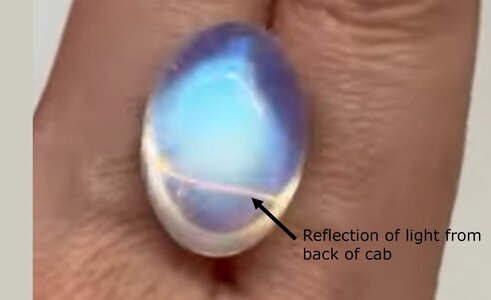
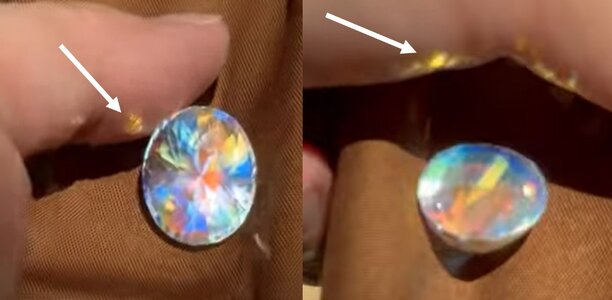

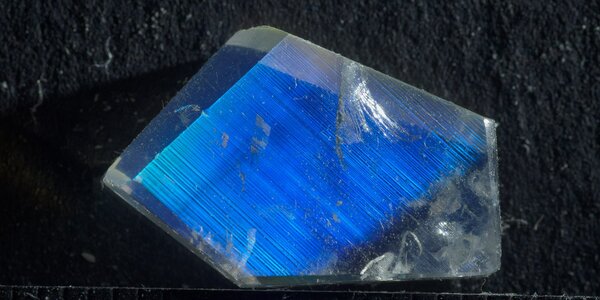
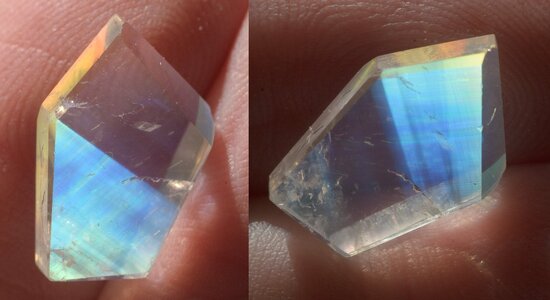

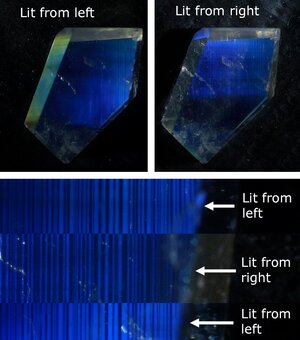
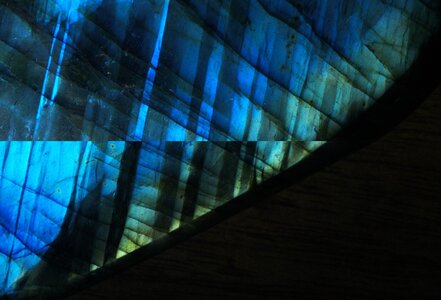
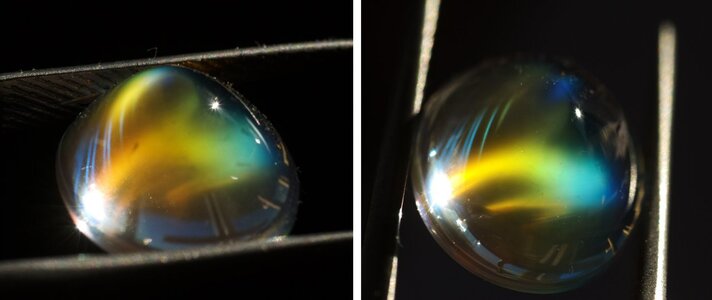
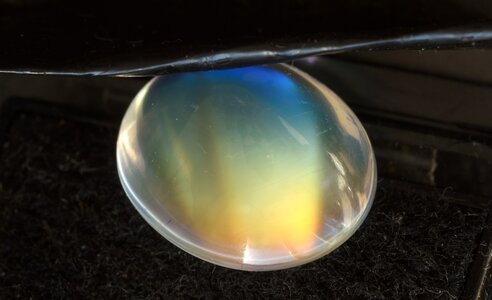

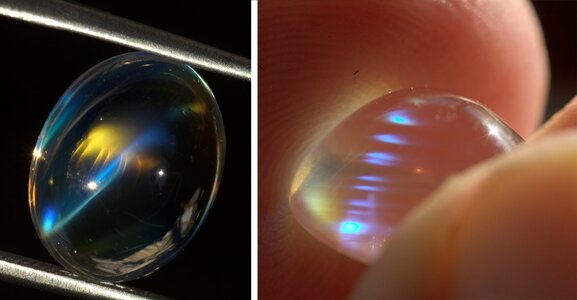


300x240.png)